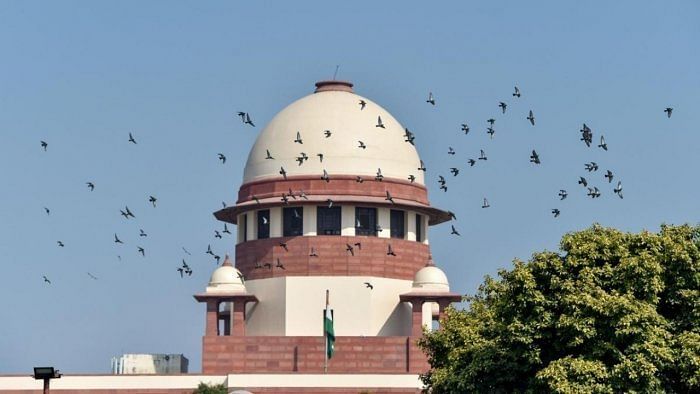

The Supreme Court while hearing the petitions seeking interference in the recent mutiny within the ruling Shiv Sena in Maharashtra once again observed that the anti defection law needs a relook.
The country witnessed a significant number of defections by legislators after the general elections of 1967 and several state governments were toppled. The Constitution was amended in 1985 to insert the 10th Schedule, commonly known as the anti-defection law.
Firstly, the 10th Schedule allowed for disqualification proceedings to be initiated against a legislator for her conduct both inside and outside the House. Secondly, the Speaker of the House became the sole authority who could take a decision on the disqualification proceedings. Thirdly, in cases of a split within a party or a merger with another party, legislators were protected from disqualification.
In 2003, the anti-defection law was amended as a result of which the provisions regarding protection granted to legislators in cases of a split in the party under the 10th Schedule were deleted. The amended law also stated that anyone disqualified under the 10th Schedule would also be automatically disqualified from a ministerial post, be it at the Centre or in the State Governments.
Also Read: It’s time to scrap anti-defection law
Since then, not only have the legislators evolved themselves and the modus operandi to beat the law, but the law itself has proven to be inadequate to curb defections.
Firstly, there is no defined time period within which disqualification proceedings against a legislator have to be concluded. With the role of the speaker becoming openly political, disqualifications are either decided in haste or intentionally kept pending indefinitely to suit political needs.
Secondly, with limited permissible judicial review over disqualification proceedings, remedy through constitutional courts can be sought only against the decision of the speaker or against his inaction in deciding the disqualification proceedings. This encourages legislators to defect. The Supreme Court in Keisham Meghachandra Singh’s case (2020) has taken note of this and ordered that the Speaker ought to decide on disqualification proceedings within three months in the absence of exceptional reasons. But it is left to the speaker to decide arbitrarily what can be construed as exceptional reasons.
Thirdly, the Para 4 of the 10th Schedule makes it abundantly clear that the merger has to occur first between the original political party of the defectors and another party. The legislature party members can only agree to the merger of their original political party. This would mean that unless the original political party merges with another party, there can be no merger. So a defector can claim merger of his political party with another party to defend against the charge of defection. Interestingly, the defecting members often take the plea that if two-thirds of the legislature party members merge with another party, then the merger is complete.
Fourthly, if the original political party is a national party, then the decision to merge has to be taken by the national party or by the state unit of such party. This needs to be put into correct perspective particularly after the Supreme Court’s judgment in Jagjit Singh's case.
Fifthly, the law is silent on disqualifying a defector from contesting an election during the remainder of the term of the House. So, a defector can come back to the same House within six months.
Finally, this new trend of sponsored or engineered defections needs to be dealt with sternly. The new modus operandi of horse-trading, replete with the paraphernalia of chartered flights and resorts, is all the more reason to revise the anti-defection law.
(The writer is an advocate-on-record of the Supreme Court)